This post contains affiliate links. If you choose to purchase I will receive a small commission at no extra cost to you. I use the funds to buy yarn and make more free patterns! I greatly appreciate your support. For more info please see my Terms & Conditions. Thank You!
Here you will find a list and links to all the basic crochet tools you need to get started as well as a list of other fun items to make your crochet journey more enjoyable and fun! Must have crochet materials and supplies include yarn and a hook on the beginner level, but can include many other accessories too!!
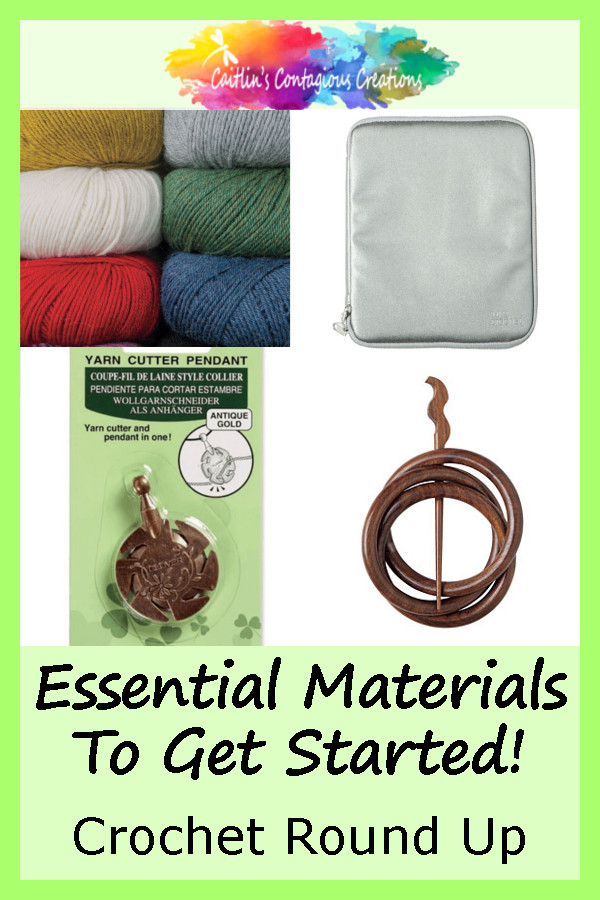
Start At The Beginning
So you’ve decided you want to learn to crochet? Welcome to the community!!
Crochet is a great pastime for many people from all walks of life. It’s a fun creative outlet, a productive way to pass time, a good way to keep your hands busy, and can help relieve anxiety and stress. There are lots of reasons to learn to crochet, and countless ways to learn this ancient art too.
In addition to this post, I have several other resources that you might find helpful…
I created a series of emails that include lots of information for absolute beginners including places to purchase crochet tools, various places to learn crochet including resources for videos, photo tutorials, written tutorials, and books. Go to this page and enter your email to start receiving this free resource to your inbox today!
You can also check out my Learn to Crochet page for links to all of my tutorial posts where you can learn the basics and more. I update the page regularly, so be sure to bookmark it so you can check for more tutorials often.
What You’ll Find Here
I have divided this post into two sections: “Basic Crochet Tools” and “Beyond Basic Crochet Tools”.
The basics includes all the tools you absolutely need to crochet. This section only includes a few items, but I will tell you about the many options for these basic crochet tools and provide a few places to get more information.
In addition to the basics there are tons of other crochet tools that can make crochet more fun. These “beyond basics” tools are available for different types of projects and I have included sections devoted to the different types of beyond basic tools.
Basic Crochet Tools : The Must Haves
The following are the essential tools of crochet. Yarn, a hook, and knowledge are the most basic crochet tools needed to get started.
Yarn
Yarn is available in several sizes, referred to as “weight”. The higher the number the thicker the yarn strand. Crochet is best learned with a size 4 yarn. This size is also referred to as “worsted” or “medium” weight. Worsted weight yarn is a good middle ground between thick enough to work with easily and thin enough that you can see the stitches you are working.
Yarn comes in lots of different fibers that range in price. Acrylic and cotton are on the lower end of the price spectrum while superwash wool and alpaca are on the more expensive side.
A great thing about crochet is that you can spend as much or as little on it as you like! If you have the funds to pay a bit more for ergonomic hooks hooks and alpaca yarn, great! If you have limited funds and want to work with acrylic yarn and a basic hook, that is great too!! You’ll be able to make beautiful creations either way.
Listed below you will find some information along with pros and cons to each type of yarn. I’ll also provide some examples of my favorites of each type of yarn and at the bottom of this section I’ll include some of my favorite places to buy yarn online.
Acrylic
Acrylic yarn is a form of plastic, meaning it is one of the best hypoallergenic yarns available. There isn’t too much to know about this one… so I’ll get right to the pros and cons
Pros: cheap, comes in a wide variety of colors, machine wash and dry
Cons: not great for the environment, can feel rough and scratchy
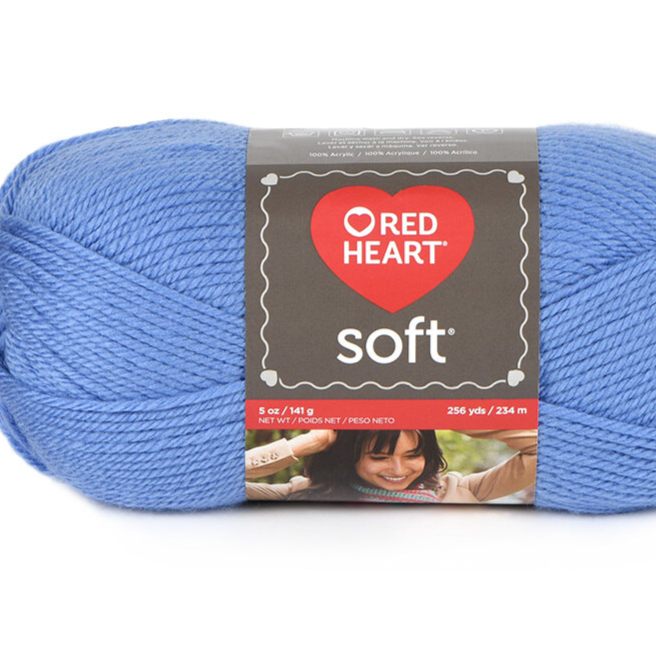
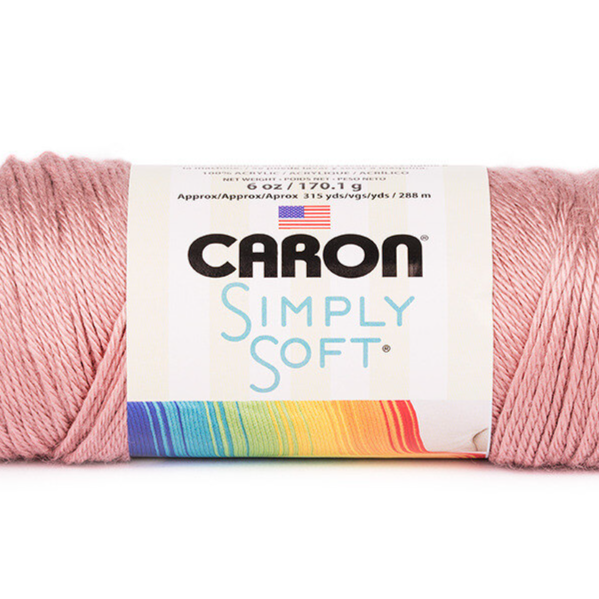
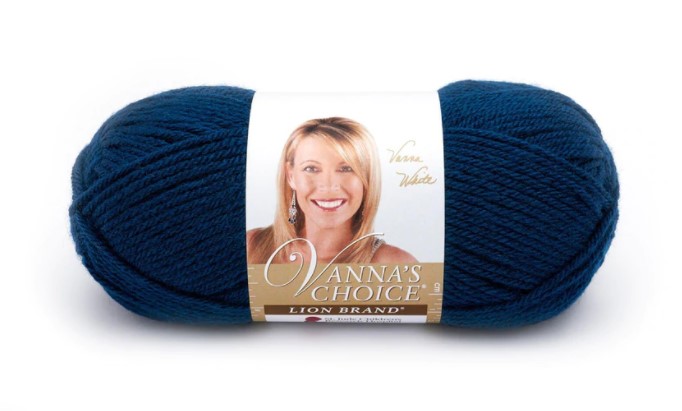
Cotton
Cotton is made from organic material that is grown, think cotton farms. This makes it a renewable source.
Pros: cheap, great for kitchen patterns, durable
Cons: some colors run when being washed, not elastic so it can cause hand strain
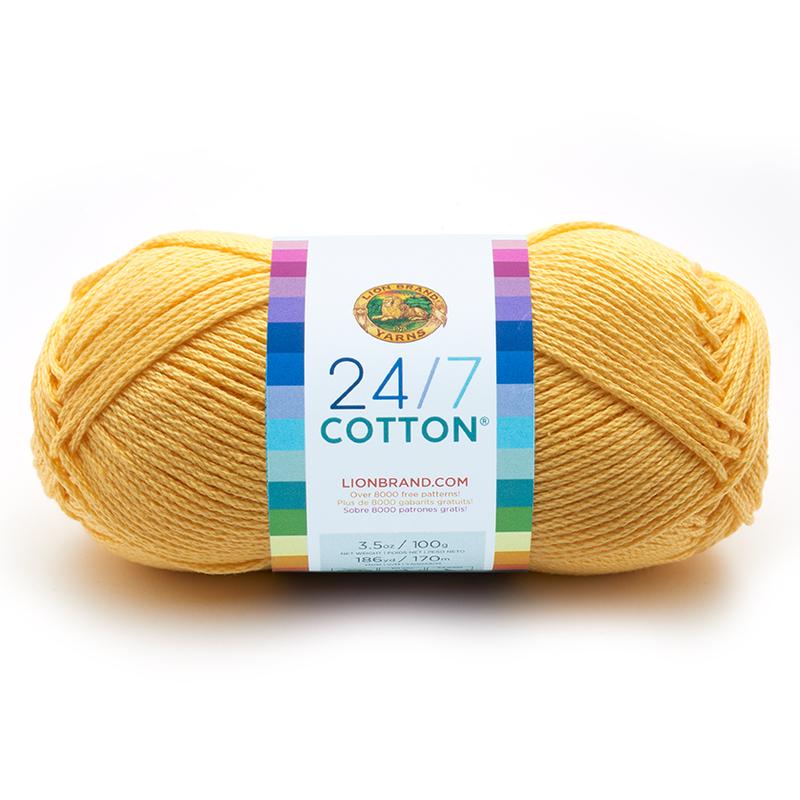
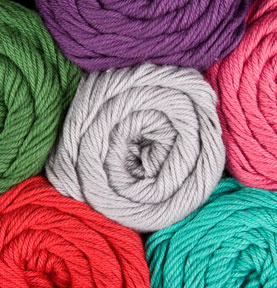
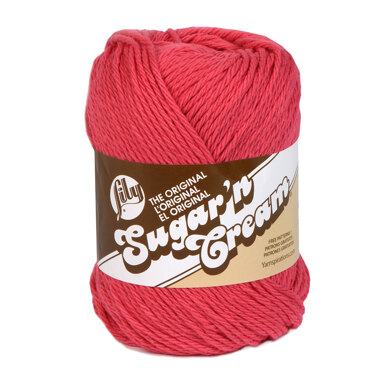
Wool
There are several different types of wool from various types of animals, but the most common is from the fleece of sheep. If it says “Superwash” the fleece has been treated so you can wash it in the washing machine. Other wise it may be hand wash only.
Pros: Natural fiber which is better for the environment, superior quality and softness, easy and fun to dye
Cons: can be more expensive, some people can have an allergy, can require special care
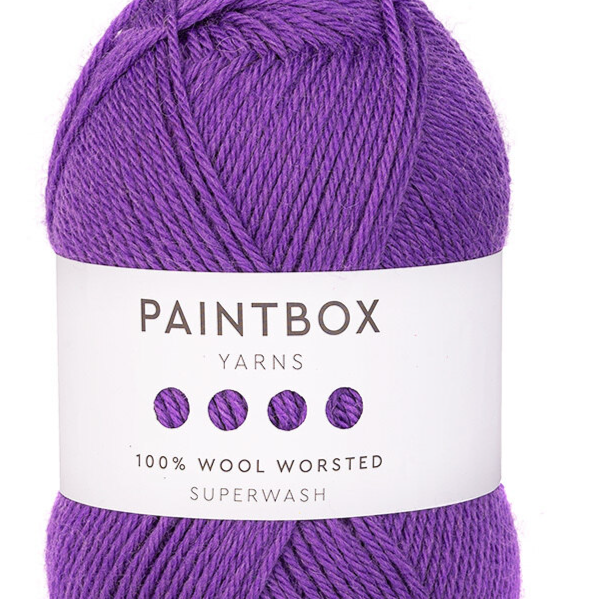
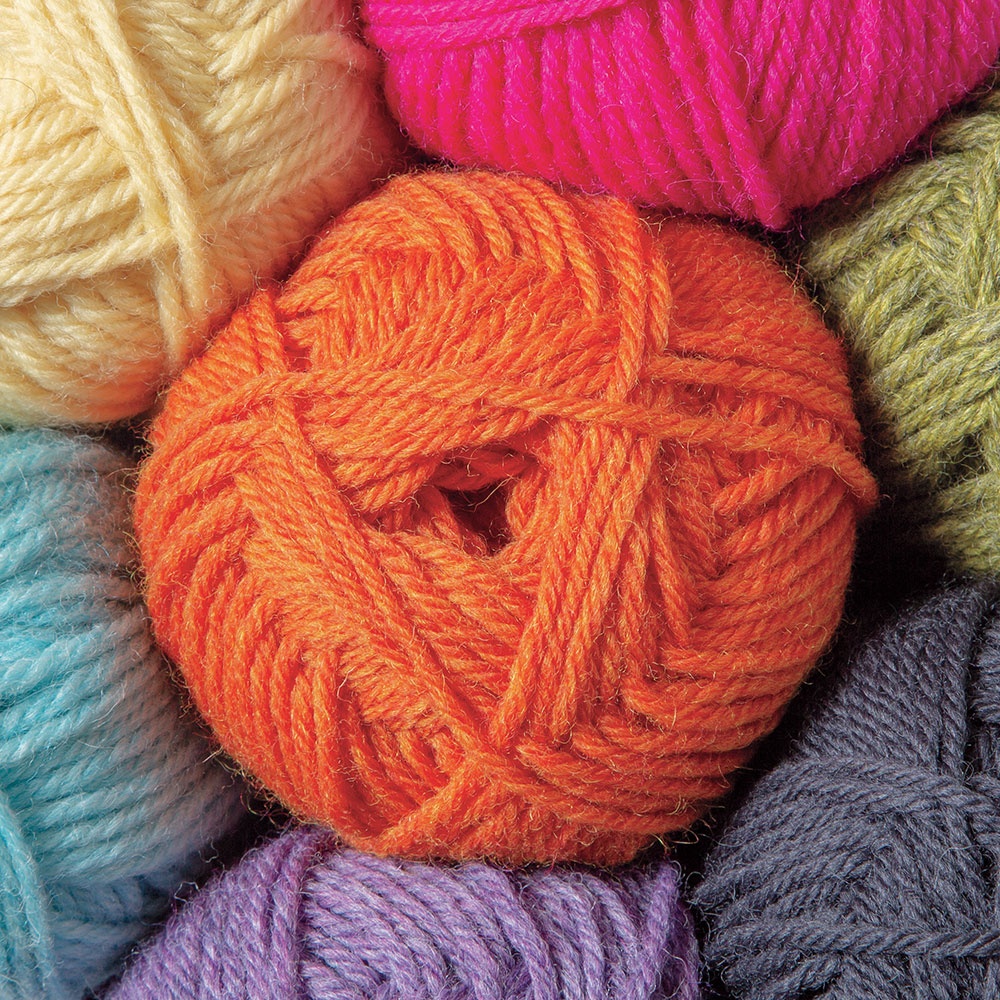
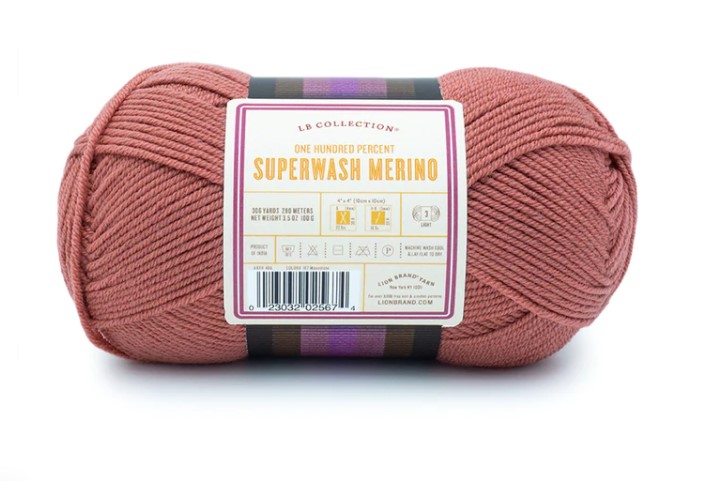
Alpaca
This is a type of wool really, but I wanted to mention it specifically because alpaca wool is absolutely amazing! It is hypoallergenic and even warmer than sheep wool. So if you are looking for something thin but warm, or want a natural fiber for someone who is usually allergic – you will find it in alpaca wool.
I especially love to get my alpaca fiber on Etsy because some of the sellers are the alpaca farmers too! It’s a great way to support a small farm and business!
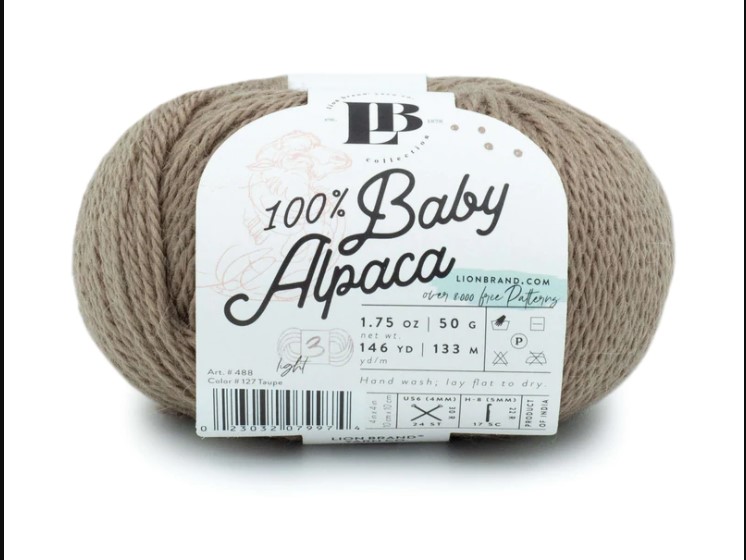
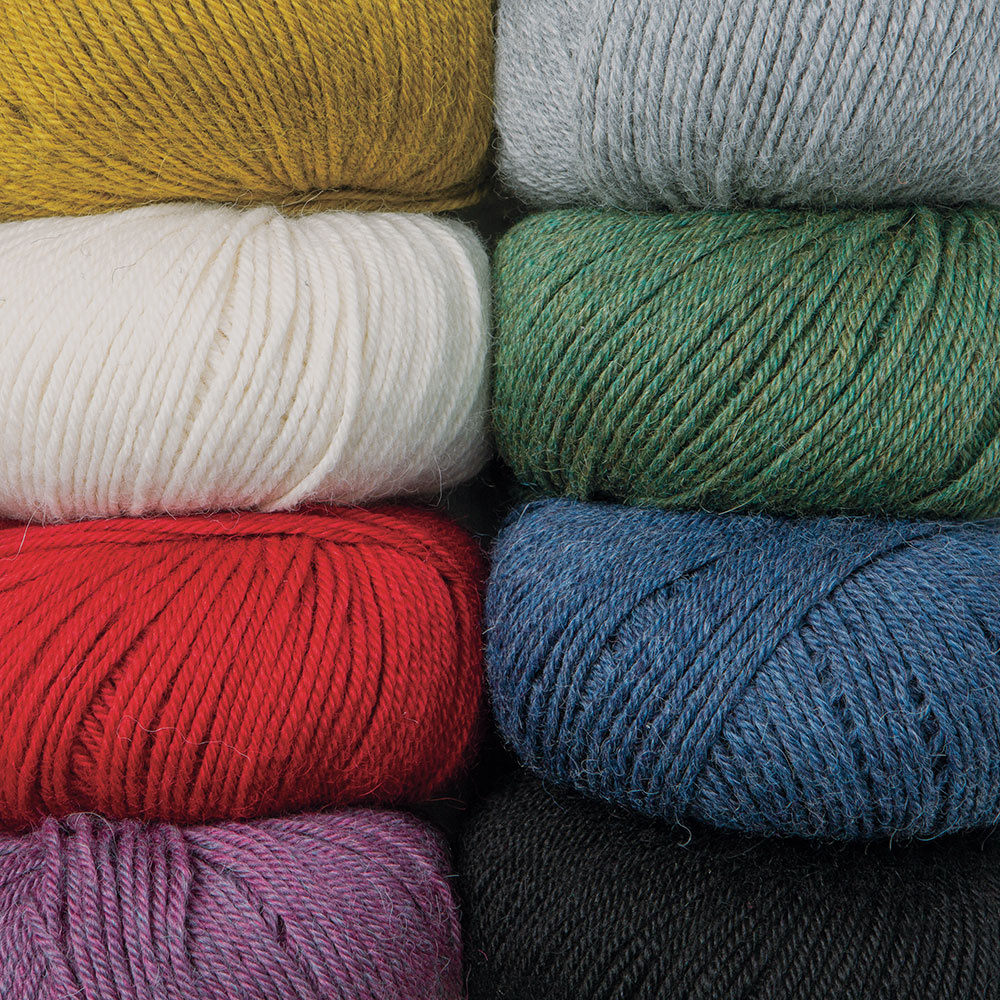
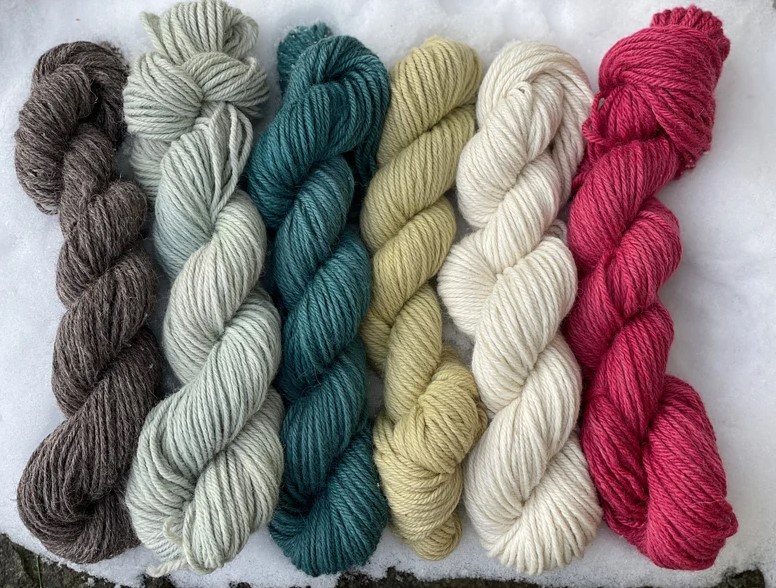
Linen
Linen is made from spun fibers of a flax plant. It is common to find linen found in blends with other fibers.
Pros: strong, shiny, cool, and absorbent yarn; perfect for summer garments; naturally resistant to pilling and machine washable.
Cons: Costly, often found in dk (size 3) weight or lighter.
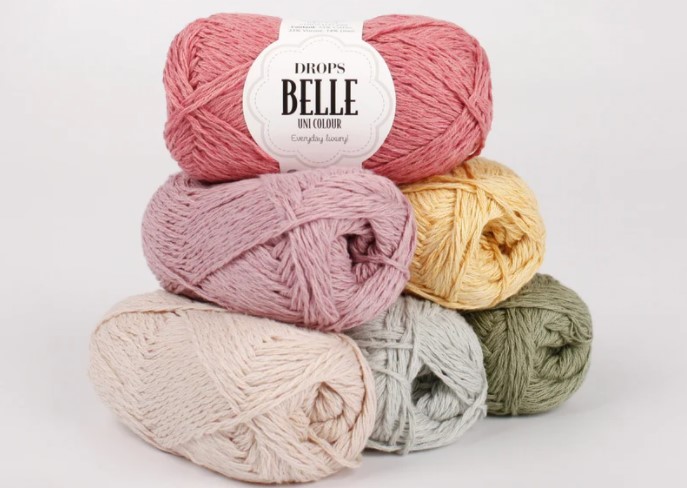
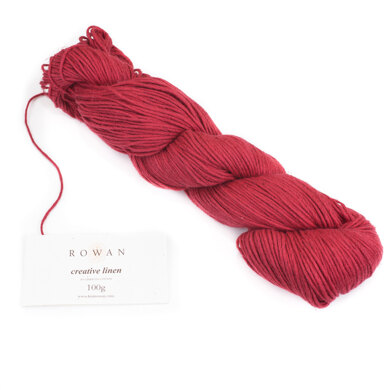
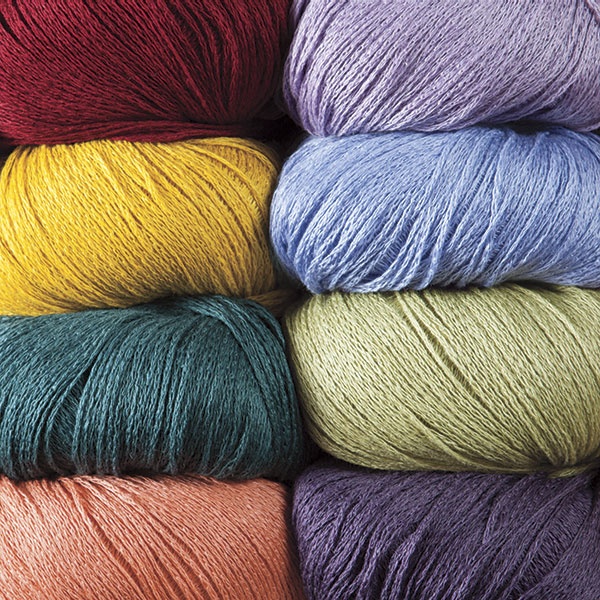
Bamboo
This is another yarn made from the spun fibers of a plant. Instead of flax, this one is made of bamboo grass. It is also really great for summer tops due to it’s lightweight durability. Bamboo also has antibacterial qualities. You may be wondering why that matters at all for yarn… because bacteria is what causes wet yarn to get smelly. So a dishcloth or summer shirt made from bamboo will stay stink free longer.
Pros: Eco-friendly, soft, and absorbent
Cons: silkiness can make it slick to work with, can be expensive, needs a delicate wash cycle
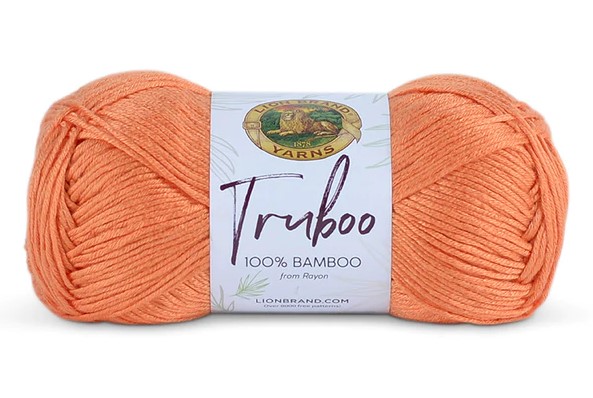
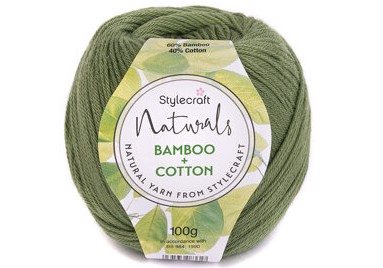
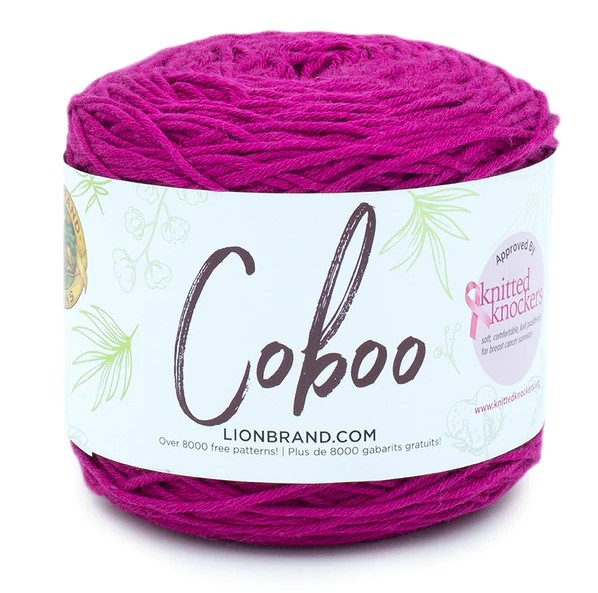
Hooks
A hook is, like yarn, absolutely essential to crochet. There are a wide variety of options available for crochet hooks. Hooks have 2 main styles: in-line and tapered. And you can find both styles with or without ergonomic handles and made from various materials.
You can purchase entire sets of crochet hooks, or look for one size at a time. The most common sizes for beginner patterns are G6/4.5mm, H8/5mm, and I9/5.5mm. If you’d like to know even more about hooks, check out my post here!
If you are starting out, I recommend getting one of each kind of hook and seeing which you prefer. Common hook sizes for beginner projects are G6 (4 mm), H8 (5 mm), and I9 (5.5 mm). I myself like an in-line hook.
In-Line Hooks
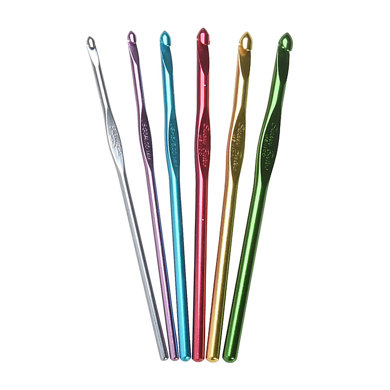
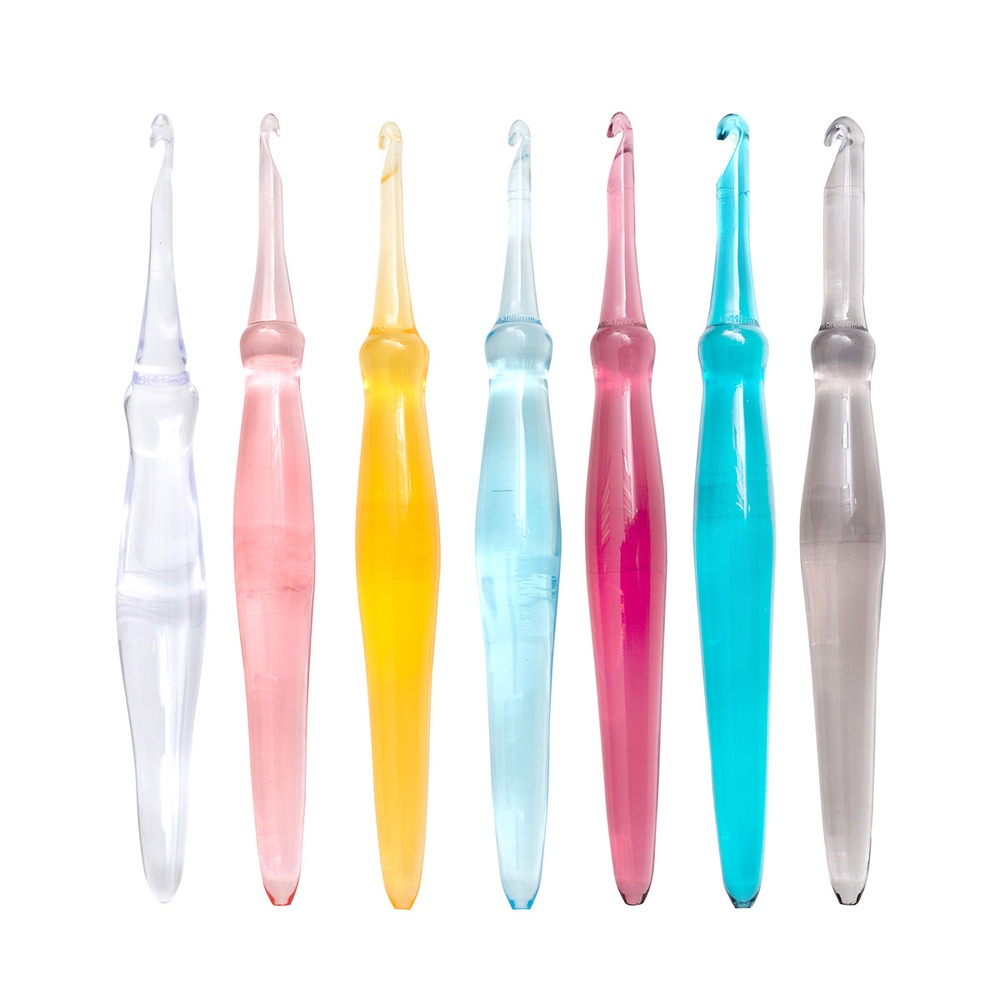
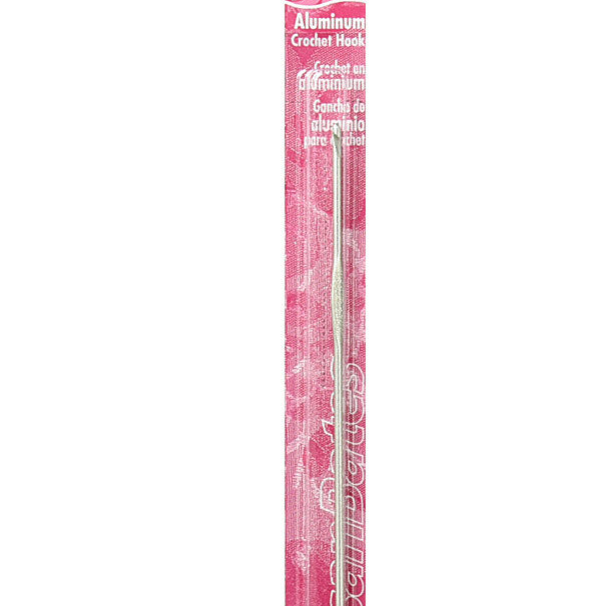
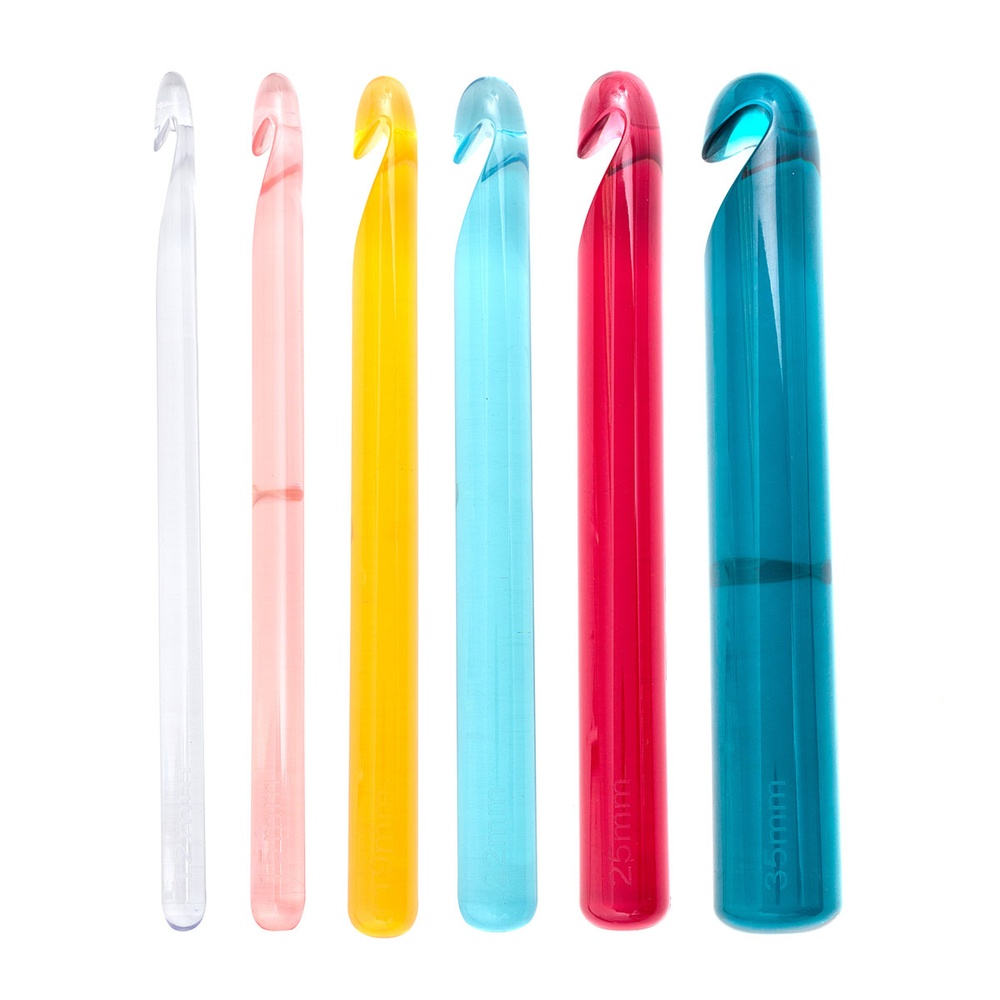
Tapered Hooks
Tapered hooks are common hook styles, and even though I prefer an in-line, I can understand why. More important than the hook is your comfortability to use it. If you aren’t sure which you like best, I would recommend getting a hook or two in each style and seeing which you enjoy more. Common hook sizes for beginner projects are G6 (4 mm), H8 (5 mm), and I9 (5.5 mm).
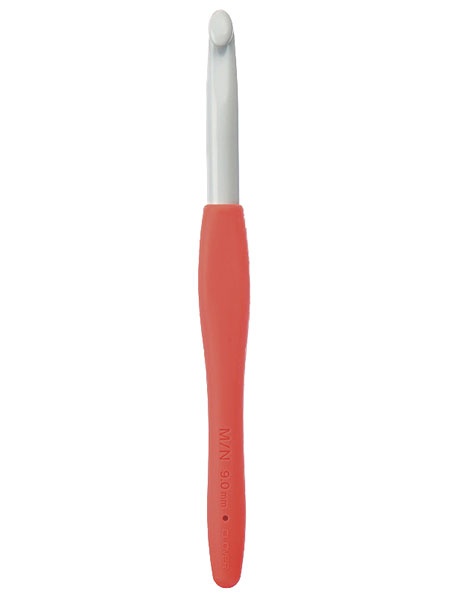
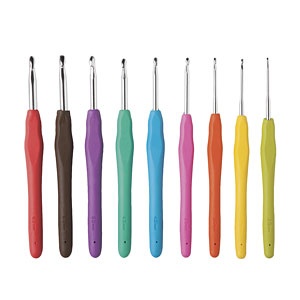
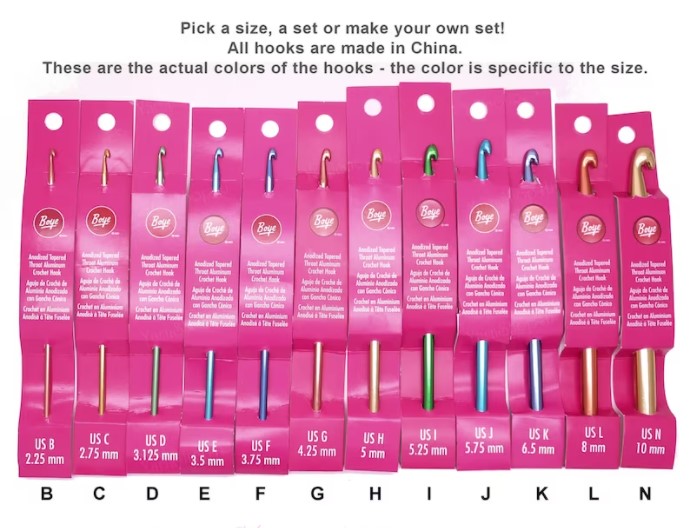
Scissors
This might seem like a no-brainer. Working with yarn, you are going to need a way to cut the yarn and end the project. And you can totally use a run of the mill scissor. Especially when you are just starting out and not sure if you are going to enjoy crochet or not.
But once you figure out how much you love it, it is nice to have a designated pair of scissors to keep with you project bag or notions kit. It helps when your designated scissors are sharp and small enough to fit into your bag.
These are a few of my favorites – especially the yarn pendant.
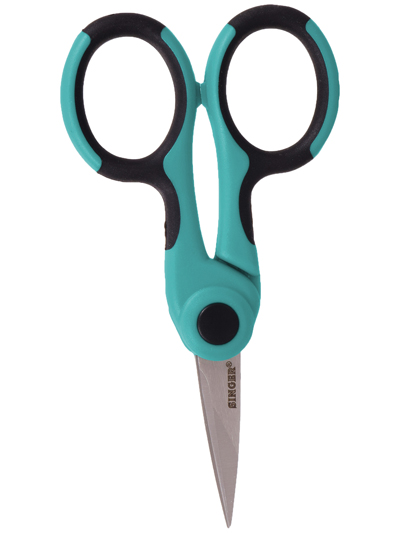
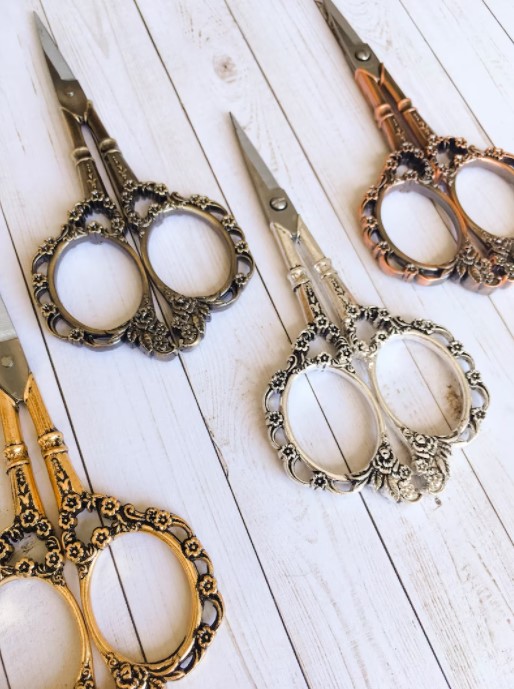
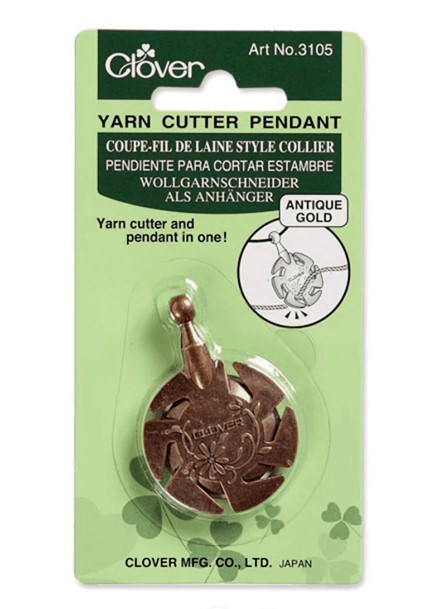
Yarn Needles
This is a tool that you only need at the very end of the project. It is required for weaving the tail end of the yarn you’ve cut into the project so you don’t have little bits of yarn hanging out in unwanted places. There is a bit of an art to weaving in the tails of a project, and it generally isn’t a well favored task. But if you have the right tool it is a lot quicker and easier to do!
I really enjoy the bent tip needles because having that little bend in the needle makes it much easier to catch the yarn when weaving the strands into your projects.
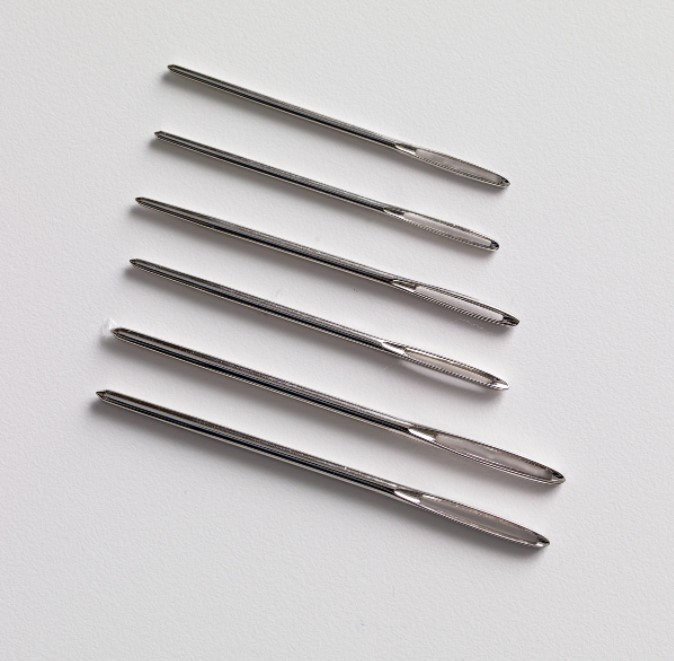
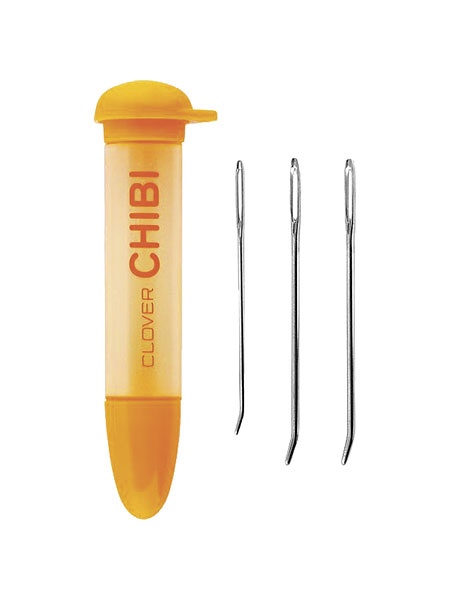
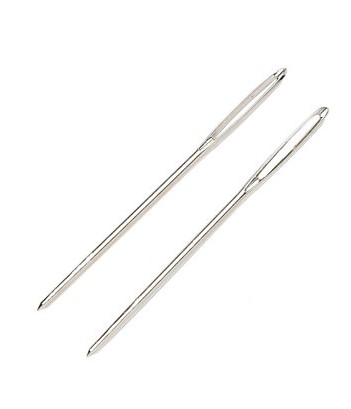
Beyond The Basic Crochet Tools: Fun Accessories to Enhance Your Crafting
Crochet Hook Case
A crochet hook case is a place to hold all of your crochet hooks. It is a great way to stay organized and have all your hooks together. I often have my scissors in there and a few stitch markers as well. Be aware that many hook cases are designed to hold standard hooks, so if you get a clay handle or other Ergonomic set you may need something different.
Locking Stitch Markers
Stitch markers are useful for several things in crochet. They are a way to mark a place in an amigurumi project for eye or ear placement. Stitch markers are also used to keep row or round counts. Basically whenever you need to mark a specific place in a pattern, a stitch marker is a helpful tool. I like these locking stitch markers because they do not fall out easily, but they are simple to move when needed.
Stitch & Row Counter
A stitch or row counter is nice tool to have to help keep track of rows worked in a project. After working the same row pattern over and over you may not feel like going back to count them. This handy tool can help you!
Gauge Ruler
A gauge ruler is helpful when the size of your crochet project matters. To follow a pattern, you want to be able to match the gauge the pattern is written in. These two are both beautiful options! Each also includes a hook/needle ruler too!
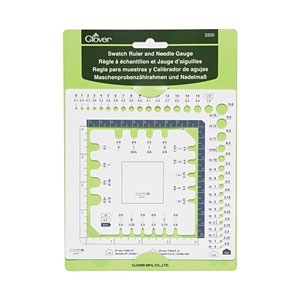
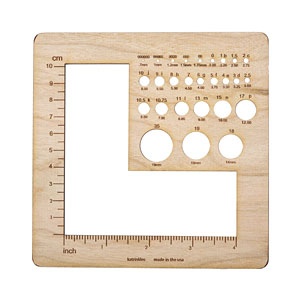
Yarn Weight Tool
Ever have a bunch of yarn and no idea what weight it is? No more!! This handy wraps per inch mini tool is perfect to keep with your notions kit to never play that guessing game again!
Tape Measure
This retractable tape measure fits neatly in a project bag or notions kit and is great to have for measuring scarves, shawls, blankets and more!
Amigurumi Eyes
Amigurumi are basically crochet stuffed animals. And these safety eyes are a fantastic way to ensure your crochet gift doesn’t become a safety concern for little ones. They come in tons of sizes, styles, and shapes; ranging from 4 mm to over 20 mm, they come in tons of colors, and there are all kinds of fun pupil shapes – like cat eyes, lizard, and standard.
Safety eyes can take your amigurumi to the next level. I like to have a bunch of sizes and styles on hand so I don’t have to wait for them when I want to make a stuffed animal! These are some of the most common.
Amigurumi Stuffing
This is a must have item if you plan to make stuffed animals. You gotta fill that space with something to make a fun, huggable animal! Polyester fiber fill is the most common, affordable option!
Pom Pom Maker
Pom poms are a fun addition to hats, scarves, blankets, decor items and so much more! There are ways to make them without buying the maker, but trust me… if you are going to make pom poms often, having a maker is worth the investment. Nothing is more frustrating than having tons of tiny strings going in all different directions while you try to tie them together…
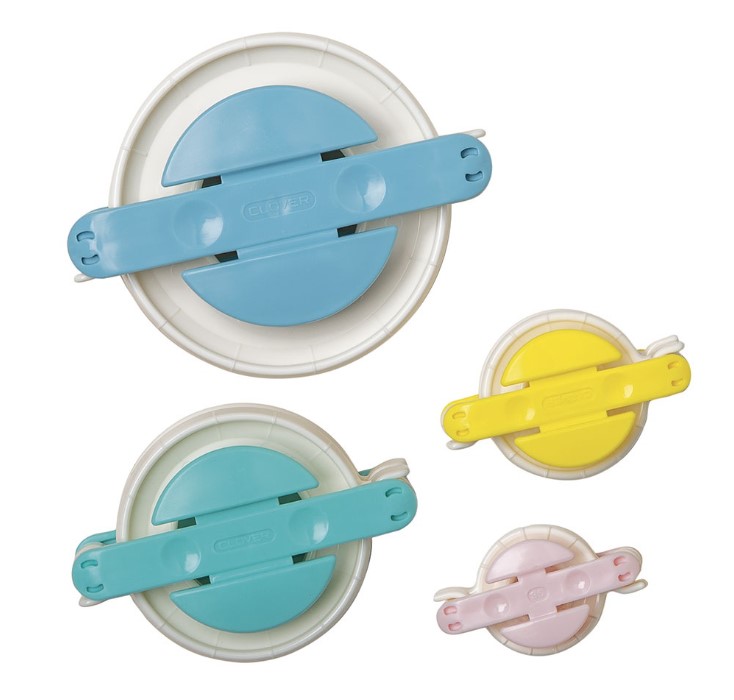
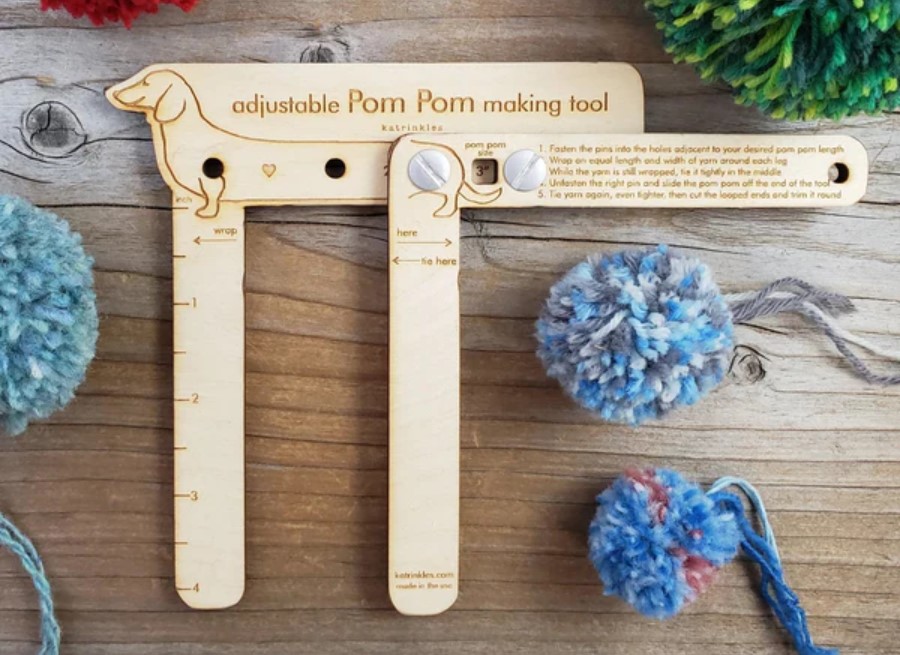
Tassel Maker
Much like a pom pom, a tassle is a style choice. I personally prefer tassels to pom poms – usually. I like to add them to scarf corners, pillow corners, even the ties of a summer headband.
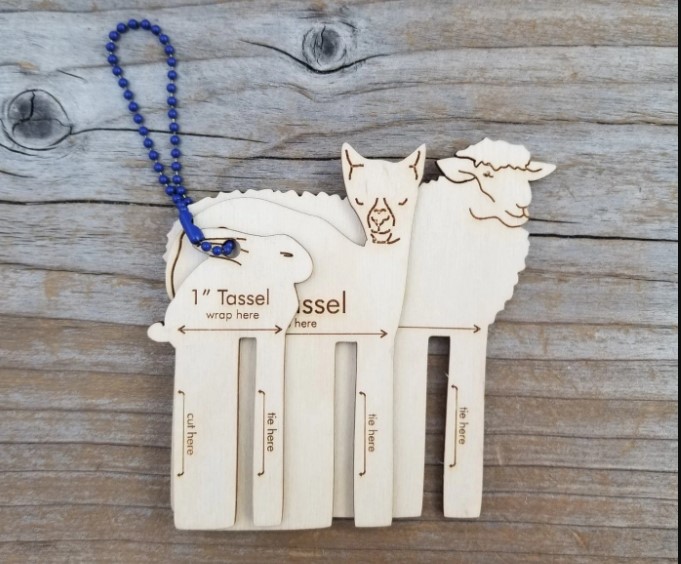
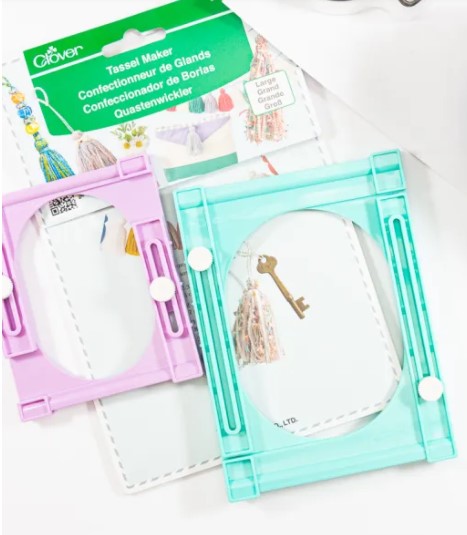
Pattern & Chart Keeper
A chart or pattern keeper is basically a magnetic folder dedicated to your crochet pattern. If you like to use charts this tool is a must have! Likewise if you prefer to print a pattern and work from a sheet of paper. The magnets even help keep your place in the pattern.
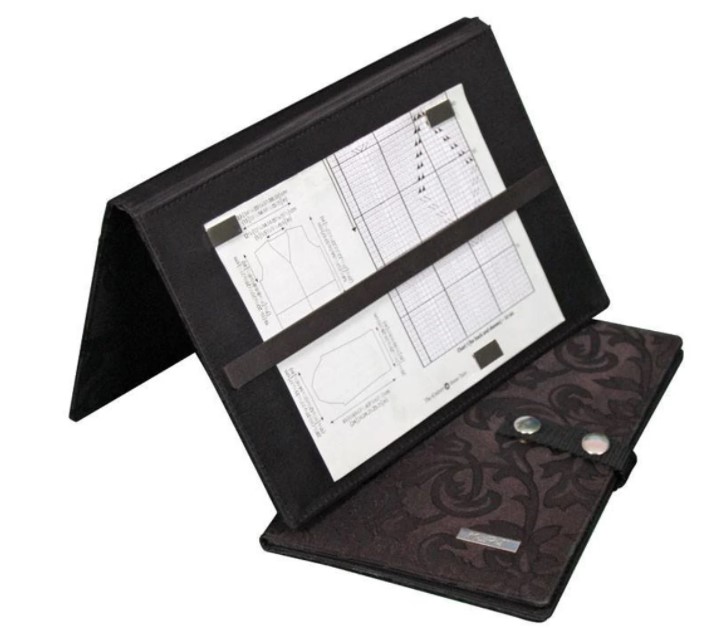
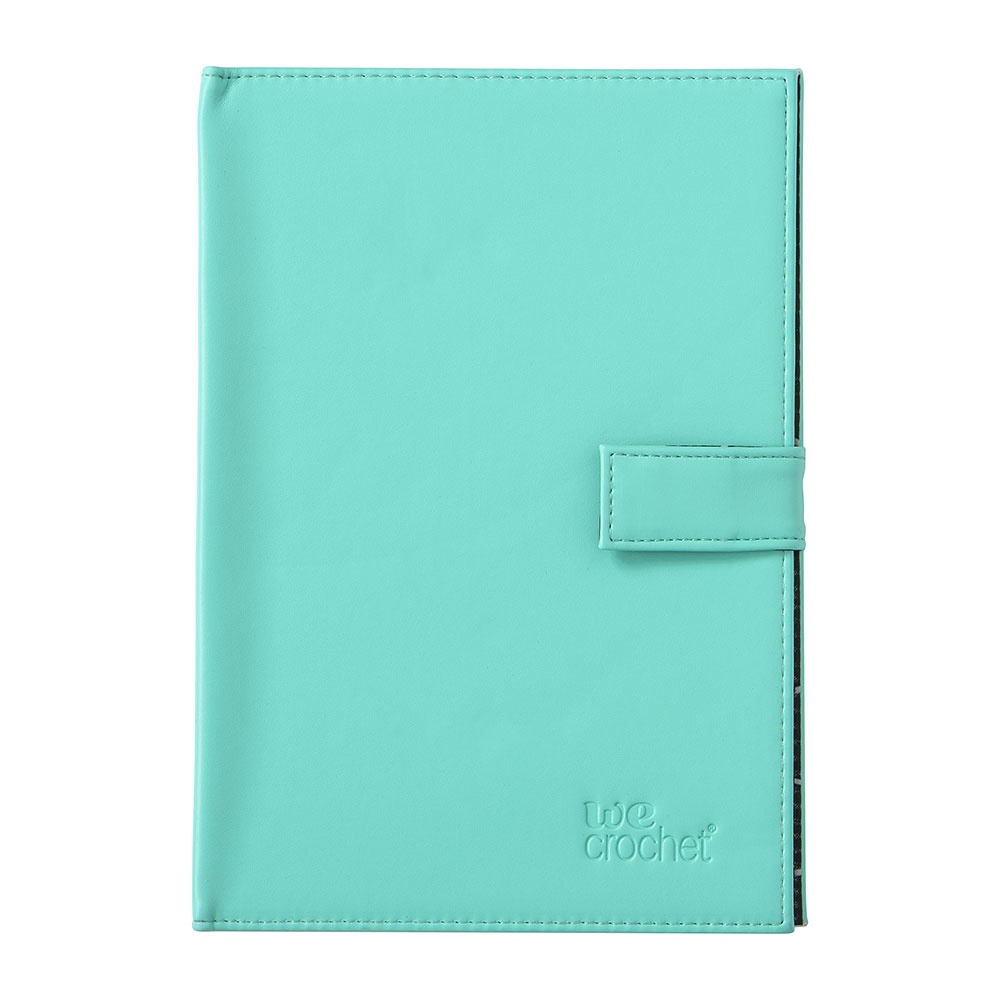
Yarn Bowl
A yarn bowl is an essential tool if you are using yarns you need to wind into a ball. The last thing you want is to have your yarn rolling away as you try to work. It can even double as a table centerpiece when not being used!
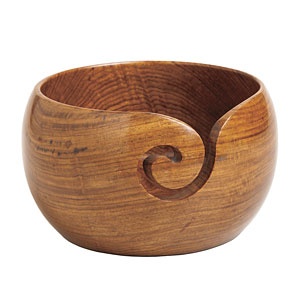
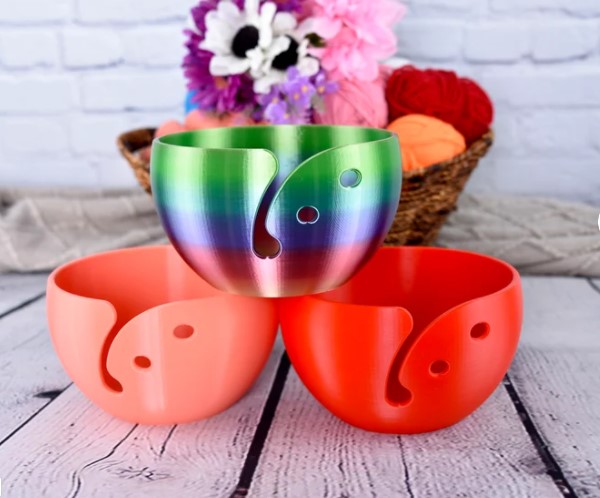
Yarn Spindle
A yarn spindle is an alternative option to a yarn bowl. It keeps a skein, hank, or cake of yarn tidy while you use it and spins to release the yarn as you pull.
Blocking Mats
These are most important for those using natural fibers, but are helpful for anyone. Blocking is the finishing touch on your hard worked project to ensure it ends up being the proper size. It also can aid in making a project lay flat and gives great stitch definition.
Shawl Pins
When I first began my crochet journey, shawls were my go-to project. I love their versatility. Easy to customize and a great way to jazz up your wardrobe. A shawl pin takes your shawl to the next level! Nothing is more frustrating than fidgeting to keep your beautiful creation in place.
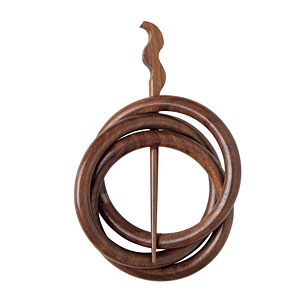

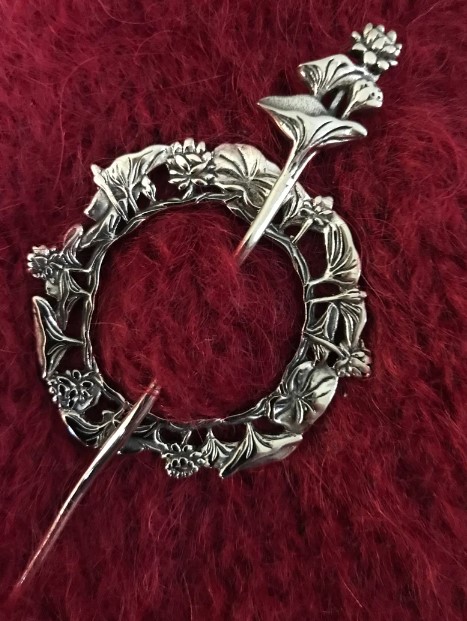
Yarn Tension Ring
A yarn tension ring is fun accessory to wear and use! It’s a great way to keep tension consistent while crocheting, especially for those with difficulties keeping their hand in the same position for long periods of time.
Thanks for sticking with me til the end!!
This list basic crochet tools and beyond contains items that are absolutely essential if you wanna learn crochet and fun items that can help take your crafting to the next level!!
If you enjoyed this basic crochet tools round up, check out my other round ups too!
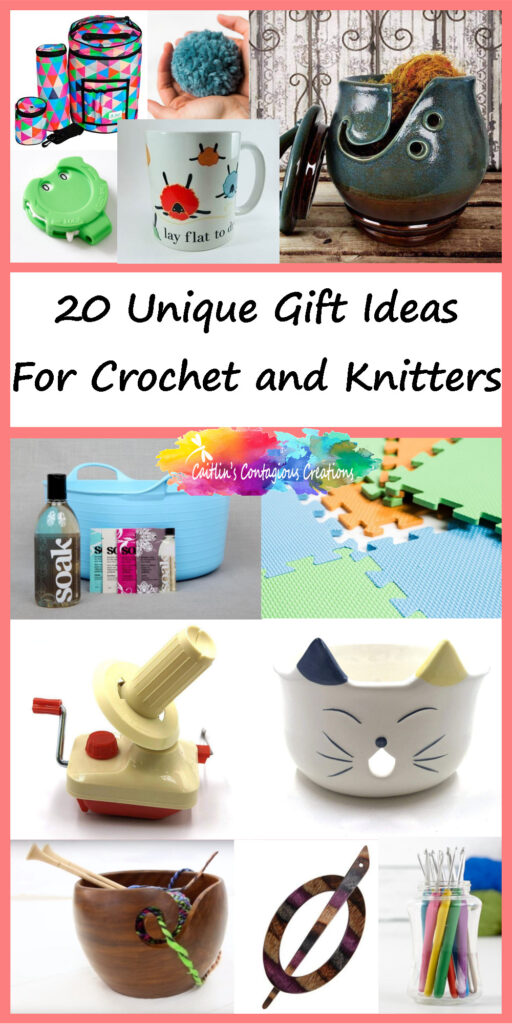
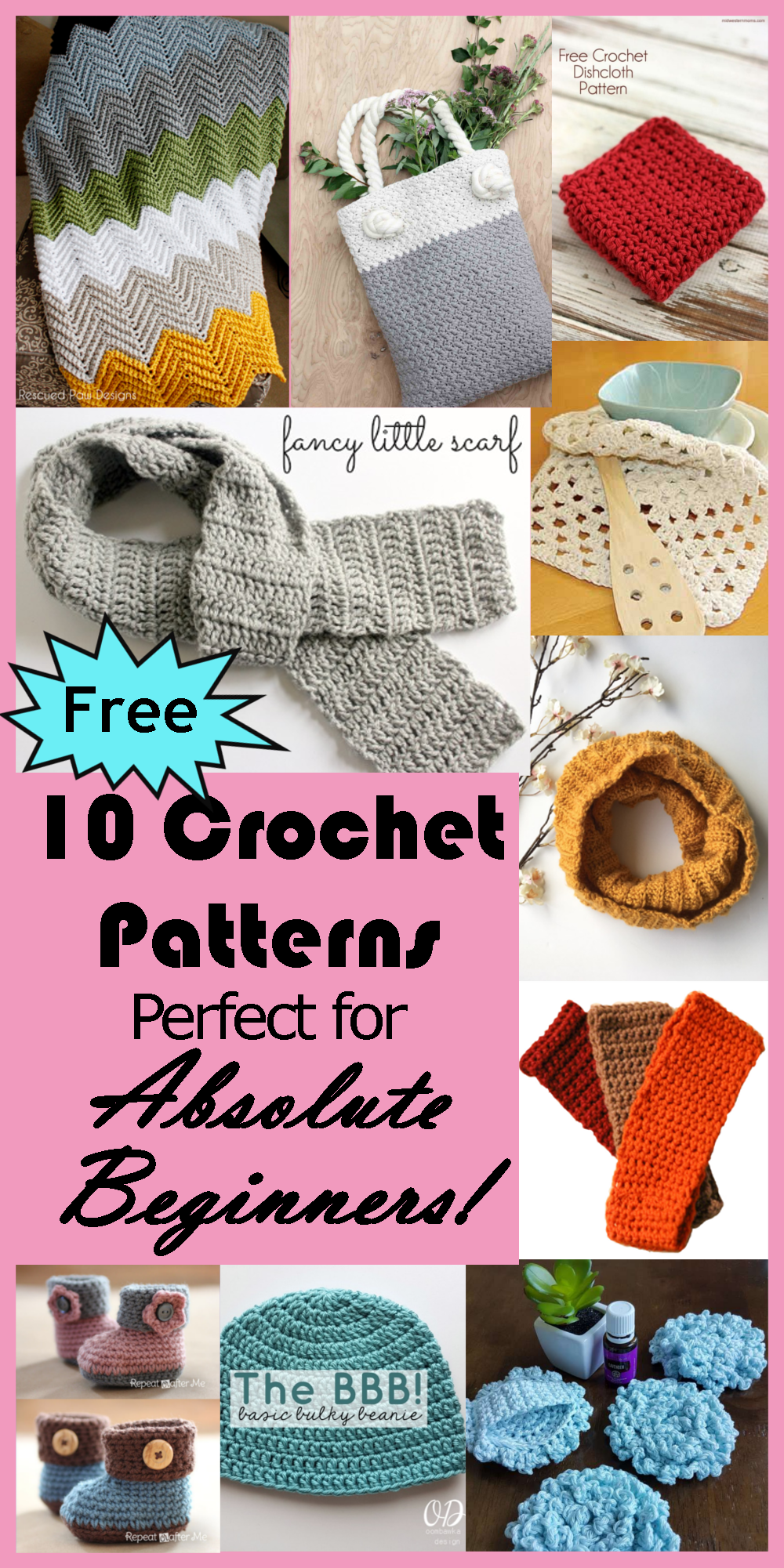
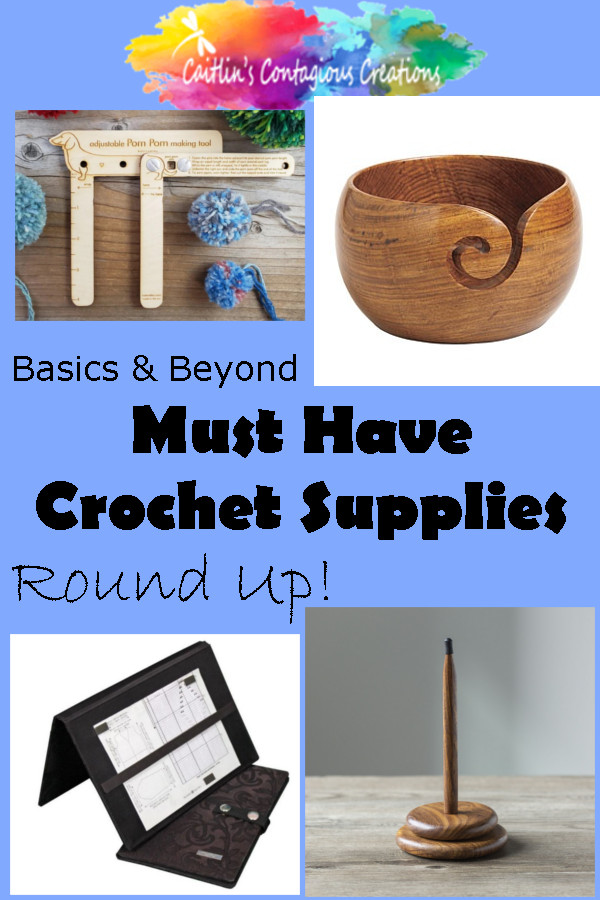
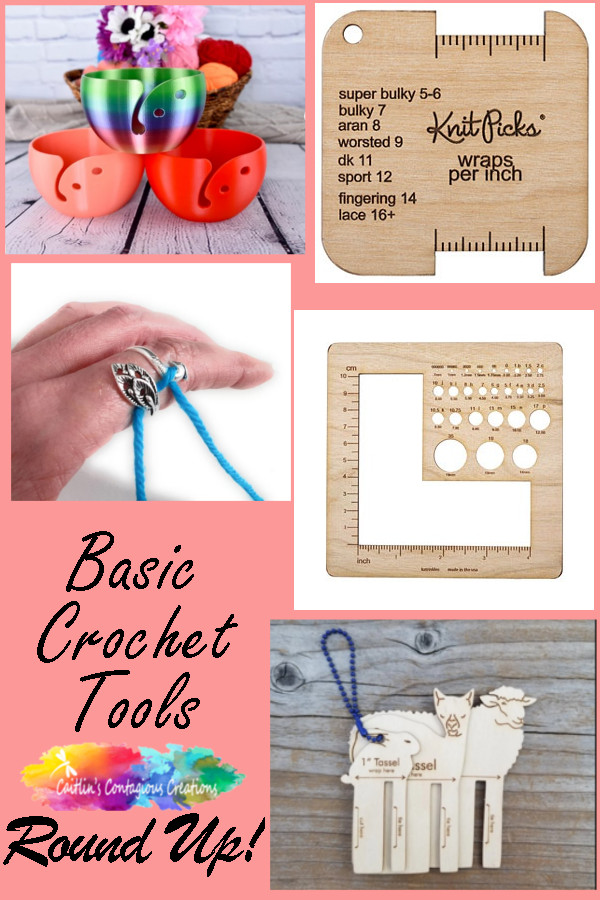
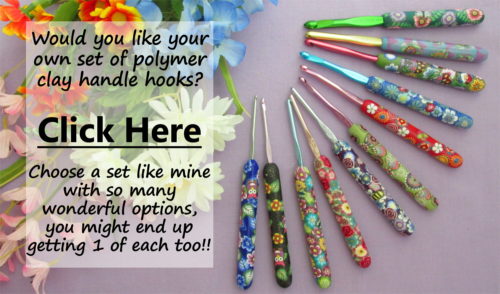
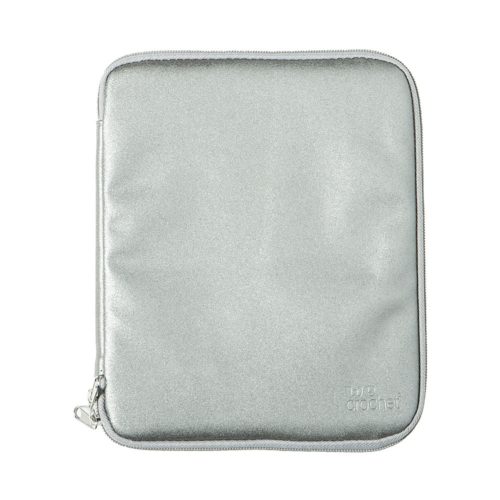
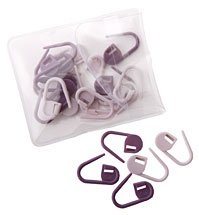
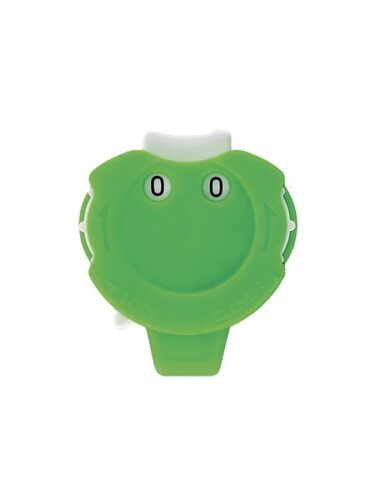
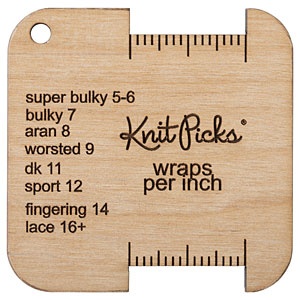
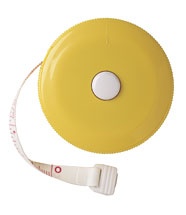
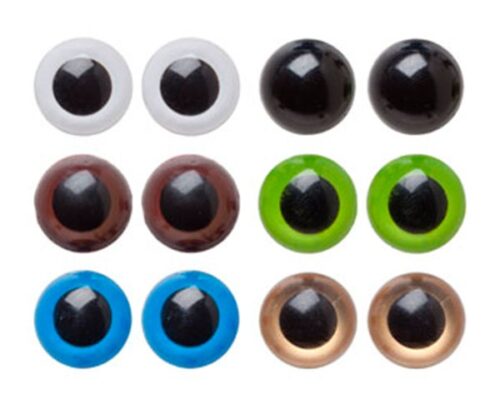
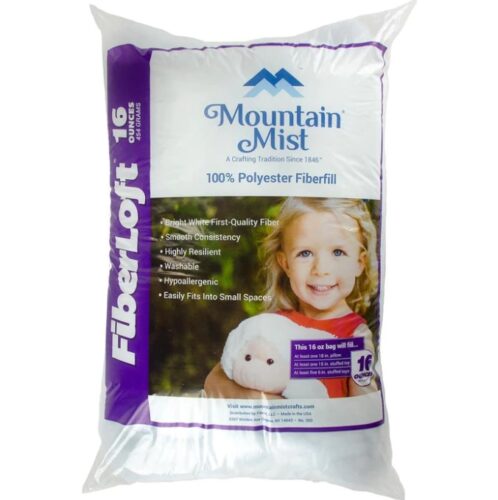
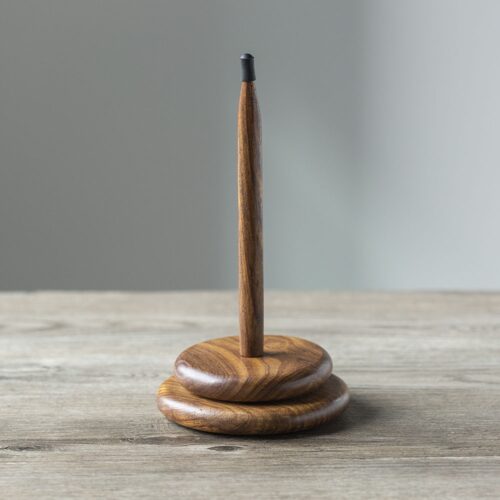
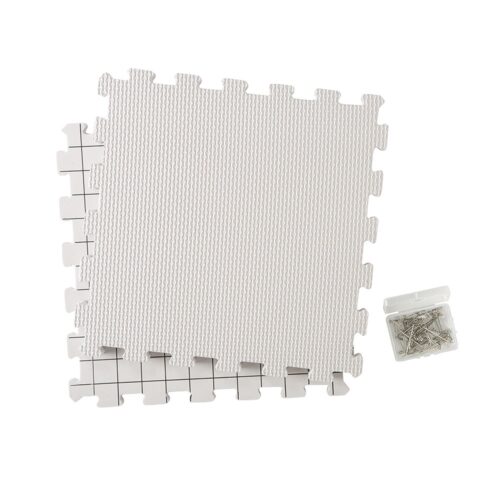
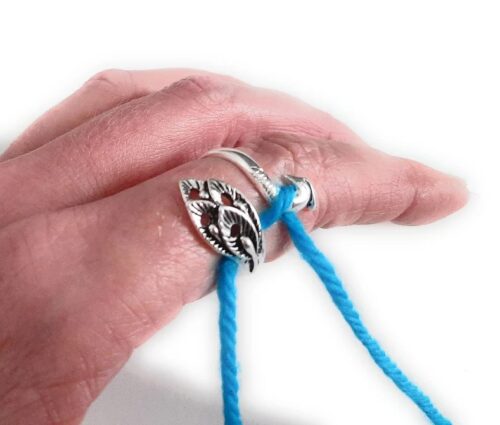



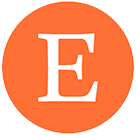
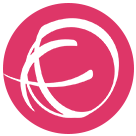
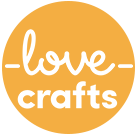
Thank you for your list. I have crocheted since I was nine and I am 83 and luckily I am still crocheting. I recognized many of the things on your list of course. But I especially liked how you showed all the different yarns because I have only worked with Red Heart and a few others. I had no idea what they were when called for in a pattern. I have been working with Aunt Lydia’s Size 10 thread while making doilies. Now that cooler weather is starting in Upstate New York, I might just finish the Afghan I started quite the time ago. Just for the future I do not like Cal projects.
How can I get your free printable Yarn Care Guide? I am already subscribed.